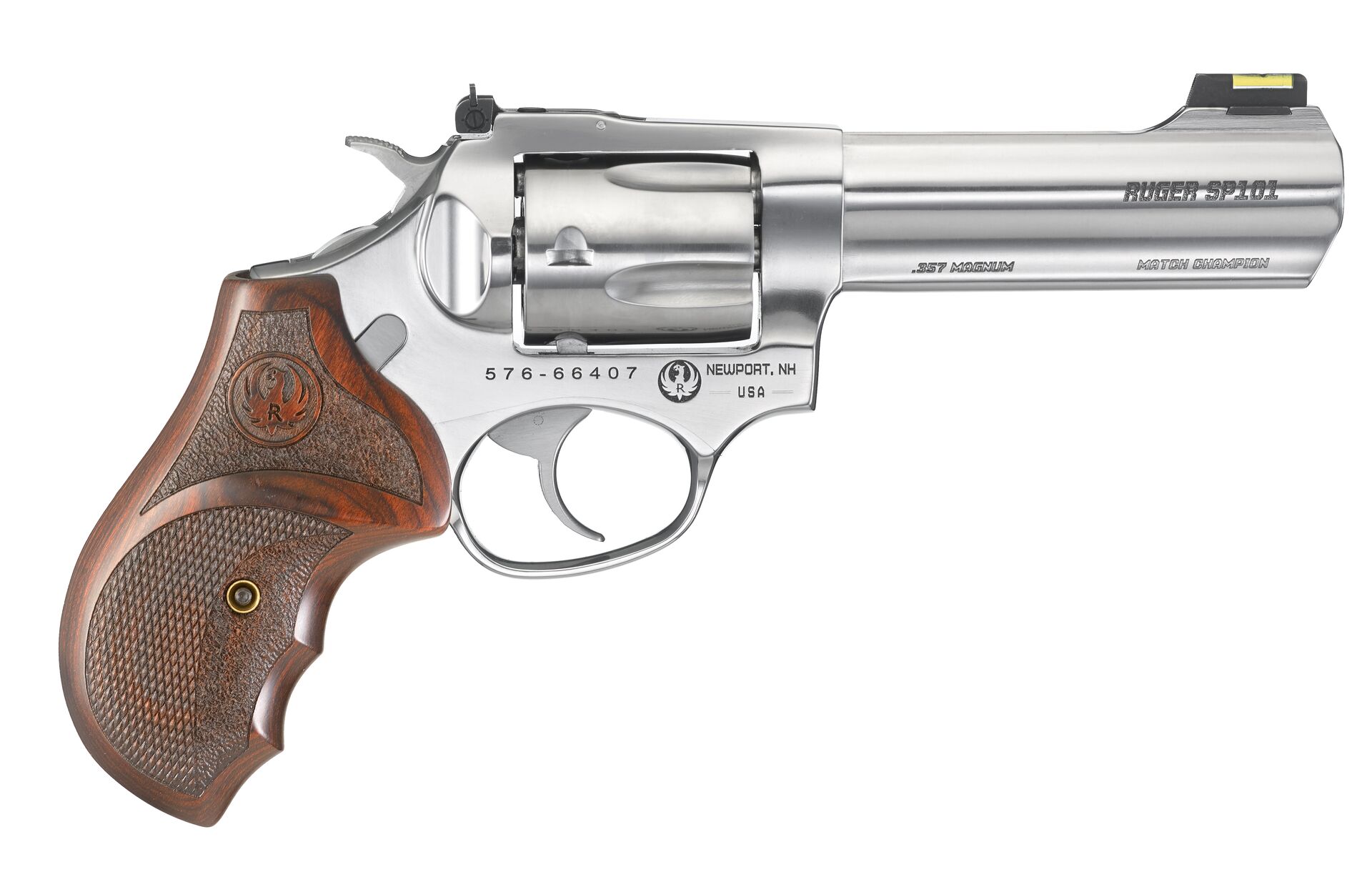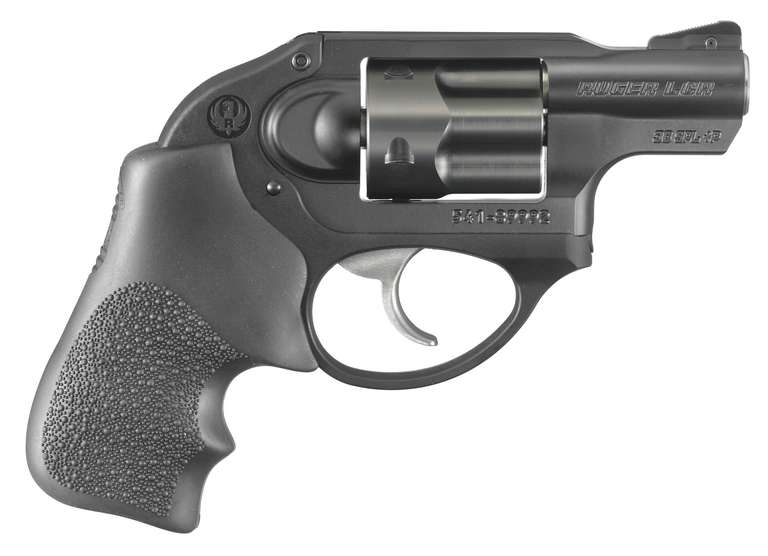What's the Difference Between Single Action vs Double Action Firearms?

To be a skilled and successful hunter, you need to know how your firearms work to select the best weapon for a particular hunting scenario. One of the more fundamental aspects of firearm mechanics is the action.
A firearm's action comprises several parts that work in unison to load, fire, eject, and reload cartridges into the chamber. The action is your gun's operating system in that it determines how rapidly you can fire and even how much recoil you will feel.
While there are several types of rifle and shotgun actions, modern handguns have two primary types of actions: single action or double action.
Being familiar with each action type, specifically when it comes to trigger pull and safety, is vital when choosing which action to use for your hunting pistol. So, keep reading to learn more about the differences between single action vs double action firearms.
What Are Single Action Firearms?
The best way to understand how a single-action firearm works is to think of it as a series of one-step movements where you manually control each step.
With a single-action handgun, you need to place your thumb on an external hammer and pull it back to cock it. You've seen this happen in every classic Western movie. Once the hammer is cocked, you press the trigger to release the hammer so it can push the firing pin into the cartridge primer.
The single-action handgun typically has a crisp and light trigger pull. This allows you to use less finger pressure on the trigger, which dramatically improves accuracy since there's less chance of moving the pistol when firing.
What Are Double Action Firearms?
A double-action firearm performs two actions with one trigger press. As the trigger is pressed rearward, the hammer is cocked. Continuing the trigger's motion releases the hammer.
Double-action revolvers require the hammer to be manually cocked by your thumb or with the movement of the trigger. Cocking the hammer — whether by thumb or the trigger — rotates the cylinder to bring the next unfired cartridge in front of the firing pin.
Some revolvers are designed to be double-action-only (DAO), which means they can only function as double actions.
Choosing the Right Action for Your Hunt
The decision about single-action vs. double-action for hunting handguns depends on personal preference and the type of hunting you're doing.
Here are a few things to keep in mind when considering a single action vs double action firearm for your hunt.
Single-action firearms are ideal for:
- Scenarios demanding higher precision
- Firing at longer ranges
- Hunting from a fixed position or blind
Double-action firearms are ideal for:
- Scenarios where rapid follow-up shots may be required
- Hunting fast-moving game
- Moving through dense brush where a heavier and longer trigger pull adds an extra layer of safety

The Best of Both: DA/SA Firearms
Some modern semiautomatic handguns can operate as double and single-action (DA/SA).
The first shot is taken in double action mode by using the trigger to cock and release the hammer. The handgun then functions as a single action after the first round is fired since recoil from the fired cartridge pushes the slide to the rear, cocking the hammer.
Some hunters prefer this DA/SA combination for the extra safety the action provides in the field. The double action's heavier and longer trigger pull makes the gun less likely to fire accidentally. Once the first shot is taken and the gun is in single-action mode with a lighter trigger press, more rapid and precise follow-up shots can be taken.
Mastering Trigger Pulls
Practicing with each action type is essential for safety and accuracy. Single-action triggers can take between 2-6 pounds of pressure to operate with a smaller length of travel, while a double-action trigger might take between 10-15 pounds and a longer travel.
Getting a feel for the pressure and length of travel through consistent practice with your handgun will help you better develop the necessary muscle memory for a consistent and smooth trigger press.

Choosing Single Action vs Double Action for Hunting
Like just about everything with hunting, there is no "best" choice for every situation. You have to decide which action gives you the best balance of reliability, accuracy, and safety.
If you have a few hunting seasons under your belt, review your past challenges and how a single-action, double-action, or DA/SA handgun would solve or complicate them.
- Consider the game you're hunting, the terrain, and your need for rapid follow-up shots.
- If you need more precision than speed, look at single-action handguns.
- If you want the extra safety of a longer and harder first trigger press combined with faster follow-up shots, use a double action or DA/SA pistol.
No matter which type of action you choose, make sure you put in plenty of dry practice at home and work at the range with live ammo.
Additionally, always follow the universal firearm safety rules when training. Practicing with your chosen weapon will increase your comfort level with its trigger so you can operate your handgun with confidence and safety.

Take a Hunter Safety Course to Improve Firearm Safety
Access to proper training is critical for firearms owners and hunters. That's why a hunter education course through ilearntohunt is an invaluable resource for firearm operations, hunting skills, and safety.
Our state-specific courses cover action types in greater detail and also help prepare you for the challenges and demands required by today's successful and ethical hunter. Our courses are also a fun way to learn in a gamified format!
Practice with single action vs double action firearms to find what works best for you, and choose the ilearntohunt course for your state to learn everything you need to know about hunting safely!






